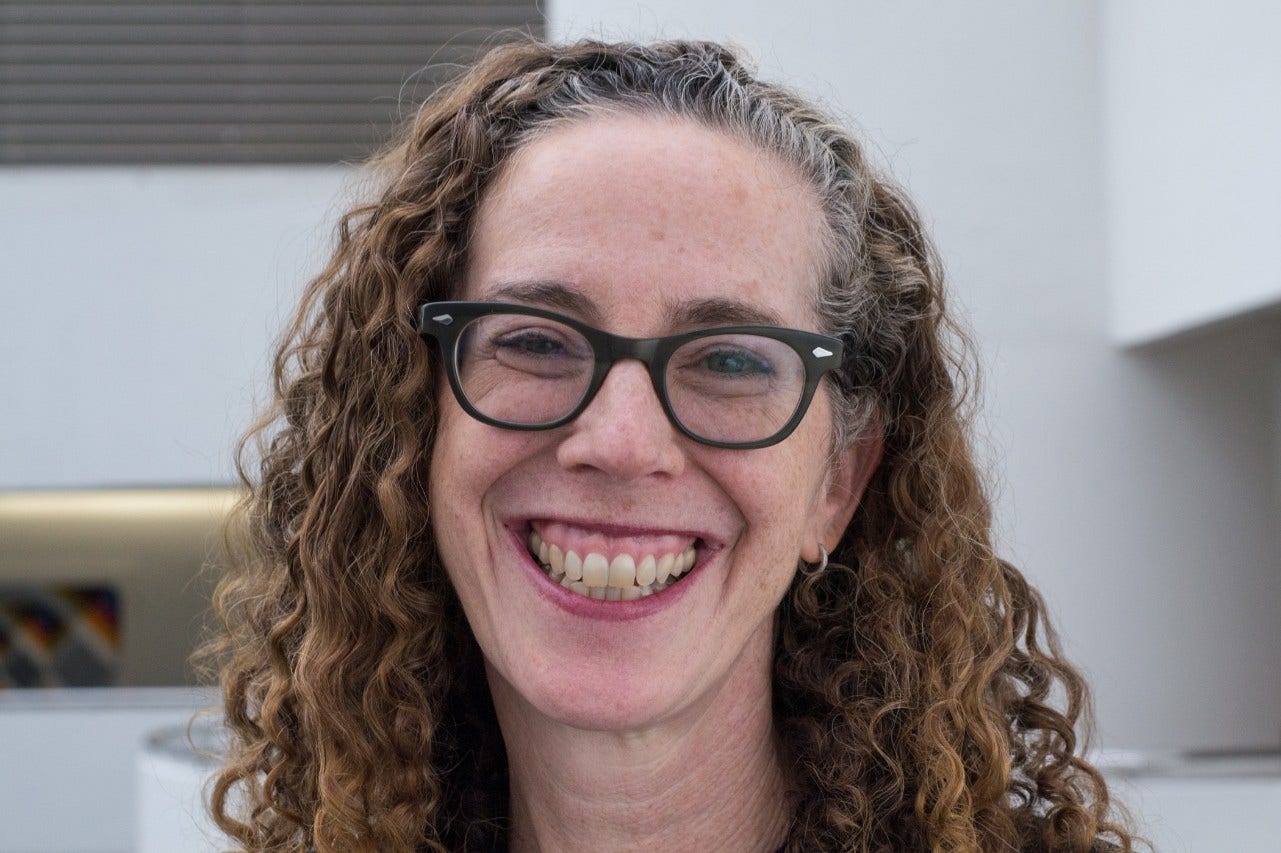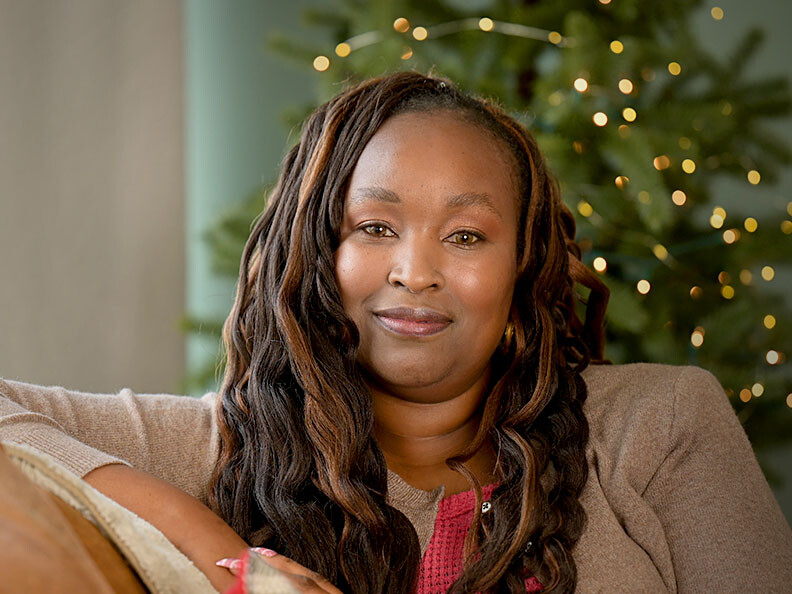Your gift is 100% tax deductible
Financial Hardship Persists for Decades After Childhood Cancer
Research shows that adult survivors of childhood cancer have more medical financial hardship than siblings.

This bar graph compares responses from a financial hardship survey from adult survivors of childhood cancer and siblings. Survivors (blue) reported more financial hardship than siblings (red) in all 3 domains, with the highest proportion (43.9%) for material hardship/financial sacrifices, next highest for psychological hardship (39.9%), and lowest for behavioral hardship (32.2) The largest difference between survivors and siblings was for psychological hardship.
The Challenge
Most medical financial hardship research in oncology, including the examination of problems like paying medical bills, worrying about health care costs, and delaying or skipping care because of cost, has focused on adults with cancer during treatment and the time after it, during survivorship. Less research has focused on financial hardship for adults who had cancer as a child.
Cancer diagnosis and treatment during childhood may have unique financial implications because diagnosis and treatment can interrupt physical and psychological development as well as educational and employment trajectories.
The Research
American Cancer Society (ACS) researcher, Robin Yabroff, PhD, was the senior author of a 2022 study about financial hardship among adult survivors of childhood cancer compared with siblings.
The study team used data from a survey conducted in 2017-2019 as part of the Childhood Cancer Survivor Study (CCSS), a large cohort of adult survivors originally diagnosed between 1970 and 1999 when they were younger than 21 years and siblings. The survey included 21 questions about medical financial hardship and was distributed to a randomly selected subgroup of participants.
About 3,500 survivors with the average (median) age of 40 completed the survey—they had been, on average, 8.5 when they were diagnosed. About 960 siblings also completed the survey—their average age was just under 47.
The survey included multiple questions about recent difficulties paying medical expenses, debt and bankruptcy, financial barriers to receiving medical care, the impact of financial hardship on nonmedical spending, stress/worry about finances, and delays in care because of cost.
We found substantial medical financial hardship among adult survivors of childhood cancer decades after their original diagnosis and treatment. Our findings underscore the importance of screening for financial hardship in both oncology care and primary care settings and the importance of developing targeted intervention strategies to reduce the risk of poor financial outcomes in this vulnerable population.”
Robin Yabroff, PhD, MBA
Scientific Vice President, Health Services Research
Surveillance, Prevention, & Health Services Research, American Cancer Society

Responses to the survey showed that survivors were more likely than siblings to report multiple types of hardship.
Behavioral hardship
Behavioral hardship refers to the actions people take about their personal health because of personal finances. Here are some of the behavioral hardship-related questions on the survey and how survivors and siblings answered them.
Skipped Dental Care Because of Cost
Skipped Needed Medical Care Because of Cost
Skipped Prescription Medicine Because of Cost
Material hardship/financial sacrifices
Material hardship refers to challenges people have due to high medical care costs. Here are some of the material hardship-related questions on the survey and how survivors and siblings answered them.
Is Currently Paying Off Medical Bills Over Time
Reduced Spending on Vacation or Leisure Activities Within the Past 2 Years
Is Currently Having Problems Paying Medical Bills
Reduced Spending for Large Purchases Within the Past 2 Years
Psychological hardship
Psychological hardship includes stress and worry about a financial situation. Here are some of the psychological hardship-related questions on the survey and how survivors and siblings answered them
Worry About Paying Mortgage/Rent
Stressed About Paying Household Utilities
Worry About Having Enough Money to Buy Nutritious Meals
The study authors suggest that future studies should focus on:
- Implications of childhood cancer diagnosis and treatment for the family's financial hardship, including parents and siblings
- How financial hardship affects health outcomes
- Comparison of financial hardship among survivors in the US and in countries with different health systems
Why It Matters
This study is among the largest about financial hardship conducted in adult survivors of cancer during childhood. The researchers used sophisticated methods for evaluating financial hardship for childhood cancer survivors, and future work will be needed to demonstrate that the approach is generalizable for other populations.
Because this study shows that survivors have high prevalence of financial hardship, the study authors encouraged the Children's Oncology Group Long-Term Follow-Up Guidelines for Survivors of Childhood, Adolescent, and Young Adult Cancer to create recommendations for surveillance of financial hardship and to raise awareness of the lasting financial risks of childhood cancer to primary care practitioners, social workers, and other providers.
The authors specifically mentioned using information about financial hardship to:
- Inform the creation of screening tools and developing guidelines about when and how to use them with childhood cancer survivors.
- Inform the development of intervention programs, especially hospital-based programs that provide financial navigation, which are currently only available during cancer treatment.



